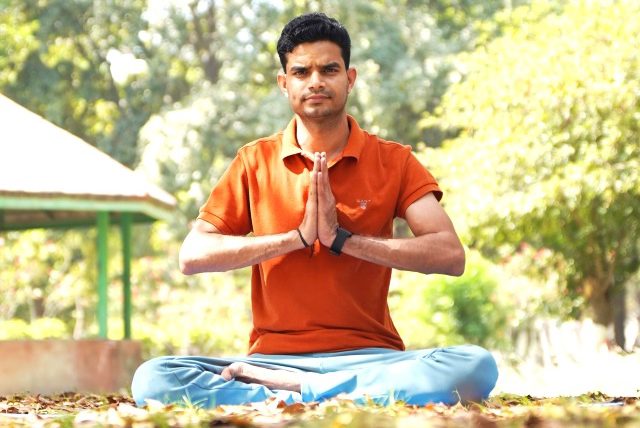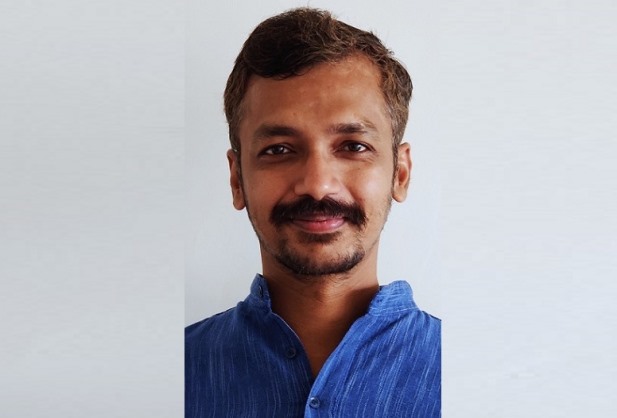Shakti Moudgil, a yoga therapist and a holistic health expert from Mohali, Punjab, explains why it is important to be in sync with the circadian rhythm of one’s body
Yoga is the pathway to transformation of the physical body. But aasans alone cannot improve the body, mind and soul. And so, while millions in the world may be practicing yoga, the complete benefits can only be derived through a wholistic approach to life which means taking care of the being as a whole with mind, body and spirit.
For healthy living, the mental, emotional and spiritual aspects together need to be balanced simultaneously.
There is a step-by-step approach to attaining perfect health through yoga. It is important to understand the blue print of yoga that comprises its eight limbs namely, yam, niyam, asan, pranayama, pratyahar, dharana, dhyan and samadhi. Of these, yam and niyam lay the foundation on which the super structure of yoga is built. While postures or aasans are an important aspect of yoga, they are only one part of the larger system that involves the observance of yam and niyam.
Together, they comprise the tenets of ethical behavior and personal conduct and help in character building and discipline. They are the ethical guide to living. Unless a person first adheres to making up his mind and being firm in his/her decision to abide by discipline in the practice of yoga and its tenets, complete health benefits cannot be reached.
Is it possible for a person to experience stillness in aasans/postures, if the mind is disturbed or under stress? Or if one’s mind is constantly involved in the phone and all that engages the mind with technological advancement? How can one be calm during meditation when one is full of anger? There needs to be some stability.
ALSO READ: ‘To Heal Your Heart, Drop Dumbbell, Take Up Yoga’
There definitely is a rise in the incident of heart attacks among the very young. We all know about the extremes in the lifestyle of people in this era. And we also see most people do practice yoga and still face health issues. Yoga cannot work in isolation. The problem lies in not following self-discipline and not being in sync with the circadian rhythm (CR) of the body.

The CR is the 24 hour day-night cycle that our bodies are attuned to. That’s how the human body has been designed since its evolution. When the sun rises, life springs on Earth, photosynthesis happens, nature comes alive. In human beings, just before sunrise, in the Brahm muhurat, the master clock of the body begins to get activated. And the body organ activation happens only when we follow the CR; the body organs function best when in rhythm with the sun.
After sunset, the hormone melatonin is released when the body prepares to sleep thereby regulating our sleep-wake cycle. Post sunset, it is time to honour the sleep cycle. One must try to schedule sleep latest by 9.00 pm. Consistency in sleep and waking up schedule is of utmost importance here.
Yoga and aasans work in coalition with the body’s code of conduct as well as maintaining a mindful lifestyle. Therefore, self-discipline first is mandatory for a regular and constant practice of yoga alongside meditation and the slowing down of a hectic schedule and alignment with the daily rhythms of life.
The narrator holds a masters in Yoga and helps people with energy healing techniques and mindful meditation practices
As told to Deepa Gupta

